What is Ki-83?
The Mitsubishi Ki-83 was a Japanese experimental long range heavy fighter designed near the end of World War II.
Four were built by the end of the war, but did not participate in actual combat.

Design
The Mitsubishi Ki-83 was designed as a long range heavy fighter.
The structure of this aircraft is an orthodox medium-wing, single-leaf, twin-engine type. The wings are laminar airfoils with an all-metal, stressed hull construction and split flaps on the trailing edge. The landing gear is retracted aft in the engine nacelle. The legs have oleo shock absorbers to absorb the impact of the aircraft landing at speeds from 160 km/h to 180 km/h. The landing gear is retracted aft in the engine nacelle. The tailwheel is retractable to reduce aerodynamic drag.
The result is a very beautiful aircraft.
Although designed as a twin-engine, double-seat fighter, it did not have a rear-facing machine gun and was intended to carry a passenger in the back seat only on special occasions. Therefore, it was actually a single-seat fighter.
Armament is concentrated in the nose. It is equipped with two Ho 155-I caliber 30mm machine guns and two Ho 5 caliber 20mm machine guns on the front underside of the fuselage.
It is equipped with a turbocharged Ha-211(Ha-211-ru), a 2000 hp class engine, and has a maximum speed of over 700 km/h. Its maximum altitude was 12650 m, making it a high-altitude fighter.
OPERATION
Takeoff Speed : 200km/h
Landing Speed : 180km/h
Activation Group
AG1:SunVisor
AG2:Gun Sight
AG3:Choke set
AG4:Operation Assist
AG5:Manual Engine Control
AG6:VR Mode
AG7:NAVI Light off
AG8:Deactivate Engine
VTOL:FLAP
AG1 sets the sun visor. It is useful for sighting in bright areas.
AG2 is the sight switch. It is ON by default.
AG3 sets the choke. This is useful for parking on the ground because the engine does not stop when the throttle is set to 0.
AG4 helps the pilot by automating the operation of flaps and landing lights. It is on by default.
AG5 allows for more complex operations. It can manage engine speed and temperature, mixture, and supercharger shifting. It is off by default.
AG6 is the VR mode switch. It is related to the control of the sighting device.
For VR
Some screenshots





On some photos, pancelvonat Boeing B-29 Superfortress I am using it.
Specifications
Spotlights
- 1918 3.7 years ago
- pancelvonat 3.7 years ago
- RicardoACE 3.7 years ago
General Characteristics
- Successors 8 airplane(s)
- Created On Windows
- Wingspan 50.6ft (15.4m)
- Length 40.9ft (12.5m)
- Height 15.4ft (4.7m)
- Empty Weight 15,018lbs (6,812kg)
- Loaded Weight 19,625lbs (8,902kg)
Performance
- Horse Power/Weight Ratio 0.203
- Wing Loading 56.0lbs/ft2 (273.5kg/m2)
- Wing Area 350.3ft2 (32.5m2)
- Drag Points 6444
Parts
- Number of Parts 1277
- Control Surfaces 4
- Performance Cost 4,847

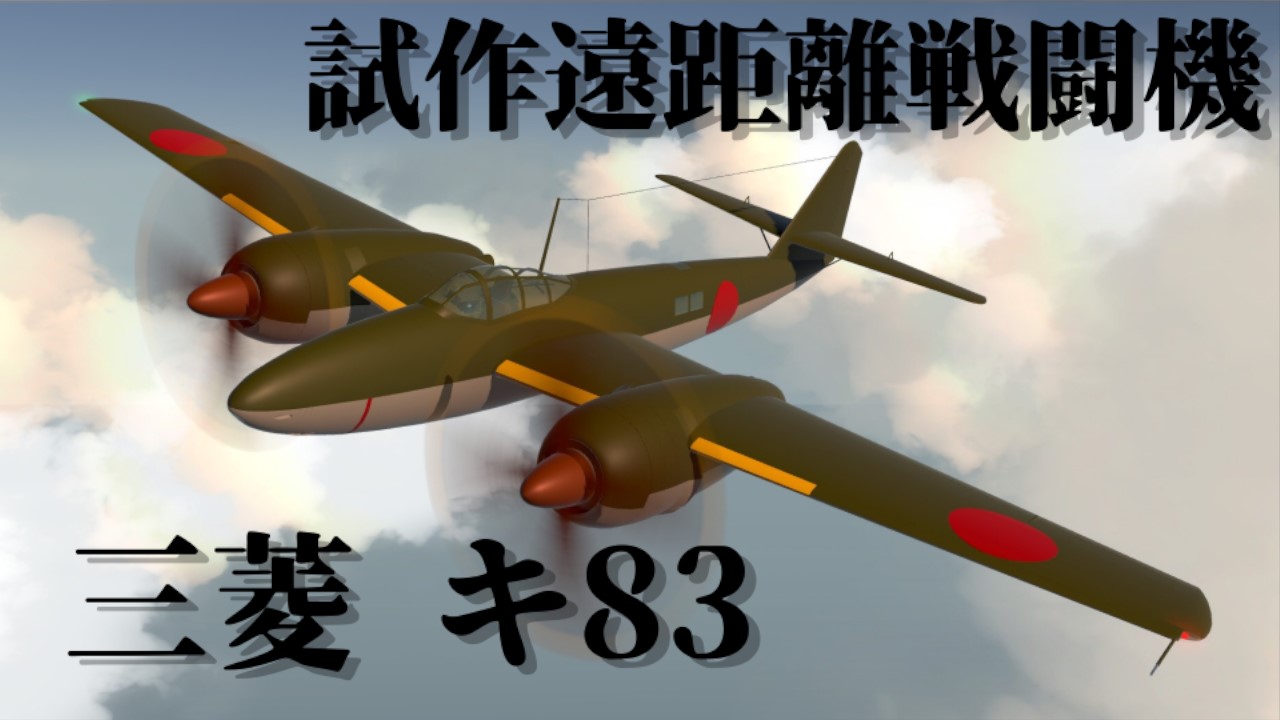
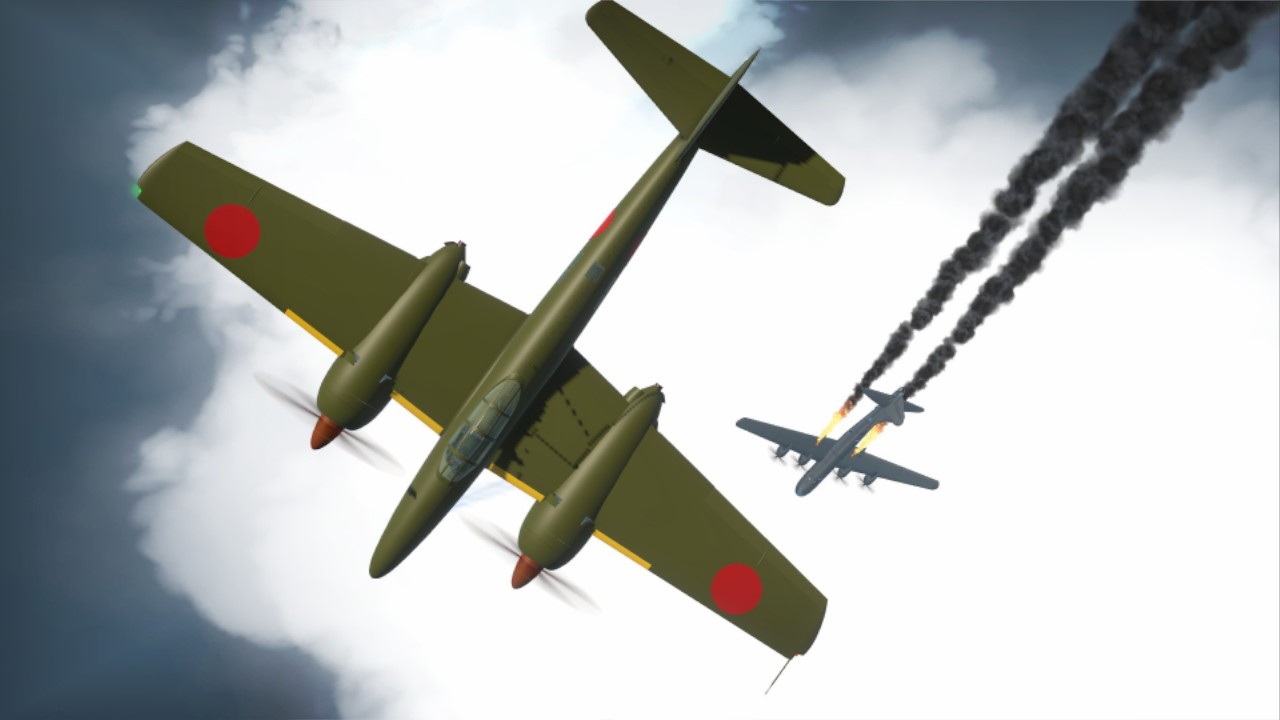
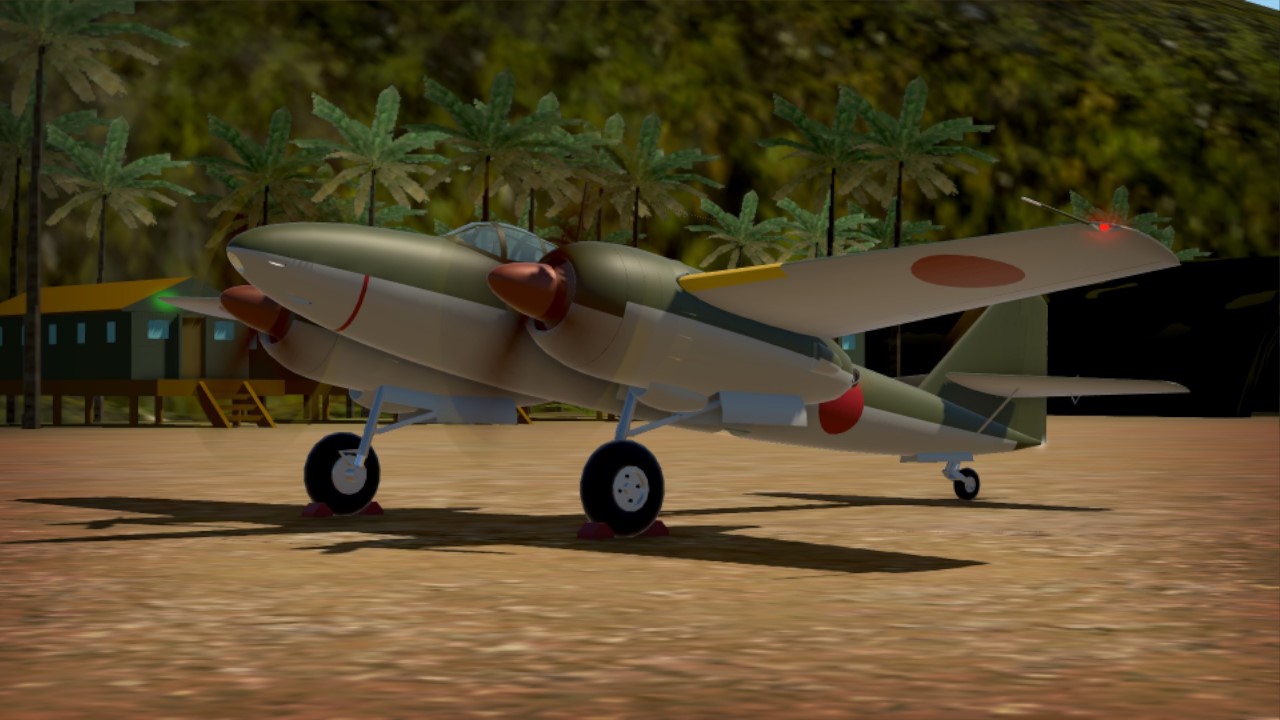




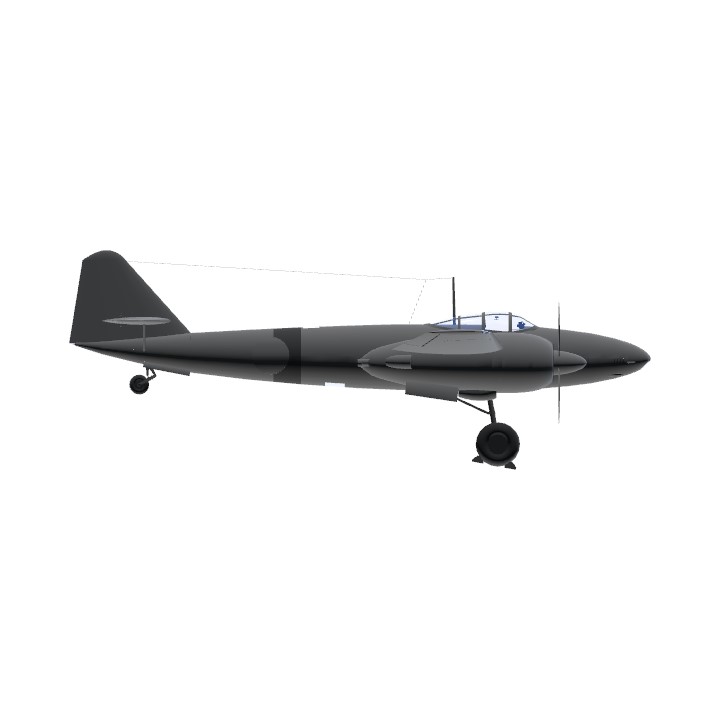
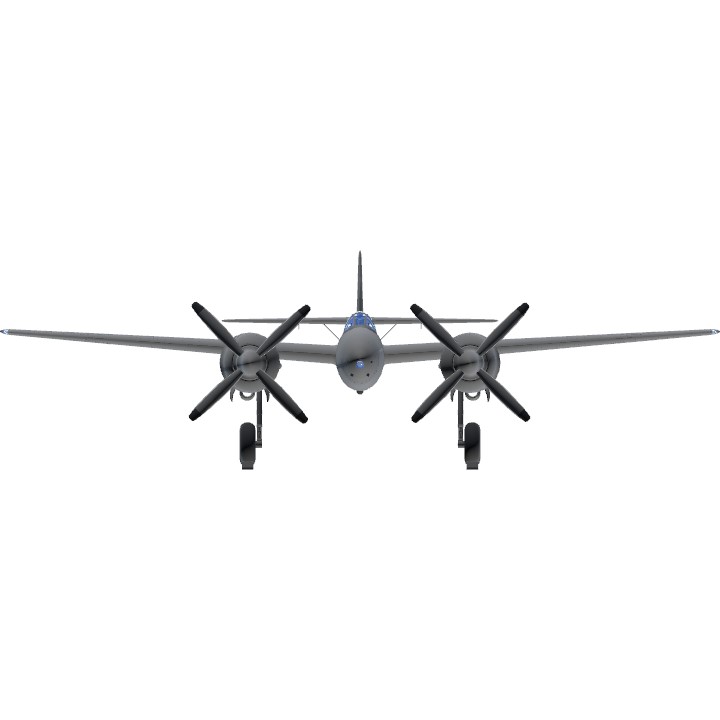
@Scharnhorst Congratulations, you are now a curator.
@MikuisNOTaboi
Appropriate variables must be set. Examine the variables used within the text part.
@MikuisNOTaboi
It is built with text parts. The text is moved by FT and is hidden outside the display area.
@MikuisNOTaboi
ok. but please credit.
God-tier cockpit 💀
Great aircraft. There are a few mis-spelled names in the cockpit however. You have "reviecer" and feathering "Light", as it's supposed to be feathering left.
beautiful streamlined body
i cant describe how beautiful this is
@Scharnhorst You are finally back!
dear god the amount of cockpit details, i can only get so erect mate
Nice!
What a beauty !